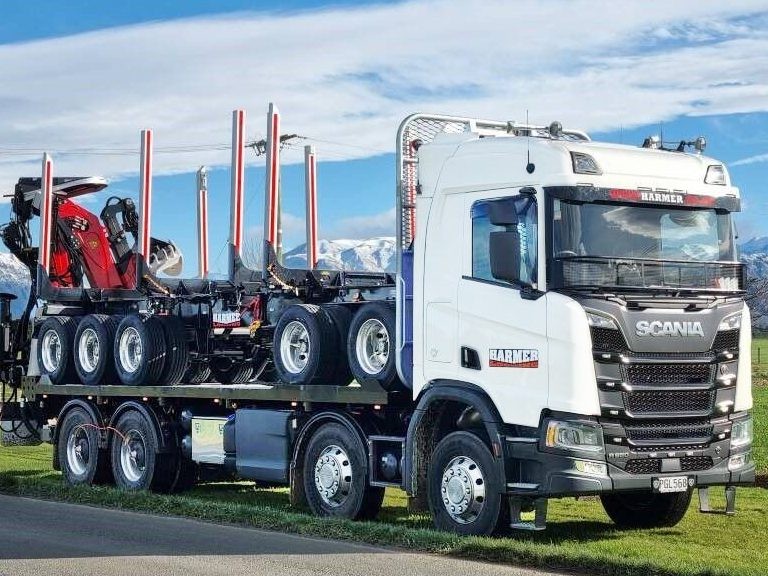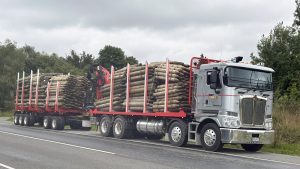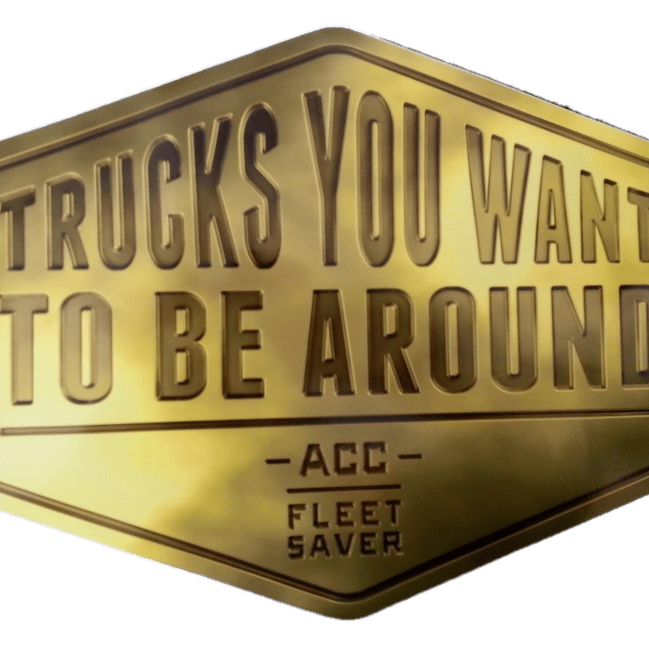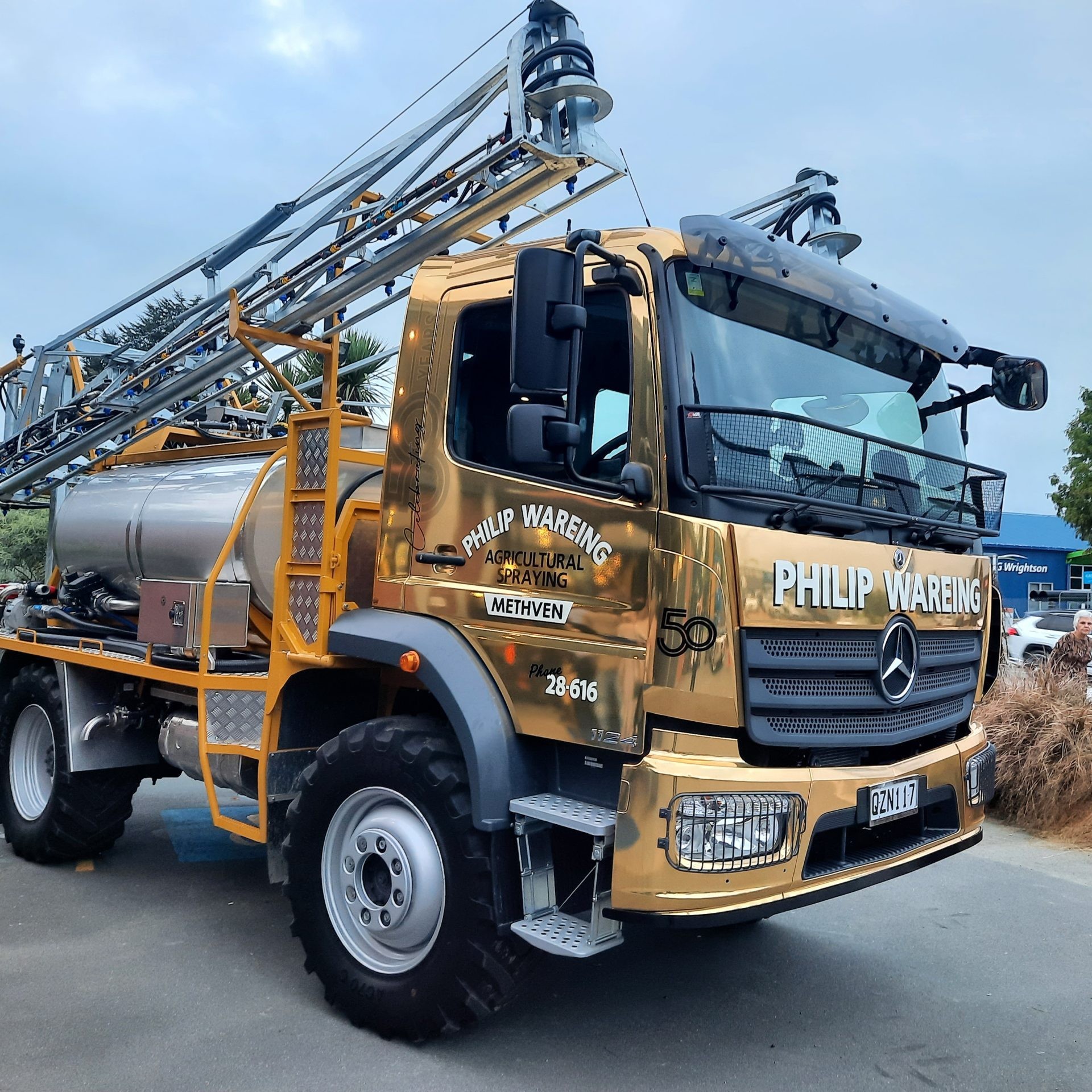
Over the last 15 years or so, High Productivity Motor Vehicles (HPMVs) have become more visible on New Zealand roads. They are heavier, longer, and – surprisingly for some – more efficient, more cost-effective, safer, and greener.
These are among the reasons Transporting New Zealand is calling for policy changes to increase HPMV uptake, greater access for HPMVs, including making 50MAX vehicles the new standard. Changes are needed, mainly to rules and regulations, as well as roads and bridges. But first, some background.
Way back in 2002, the NZ Transport Agency introduced the Land Transport Rule: Vehicle Dimensions & Mass, known as VDAM.
According to the agency, the rule “is a significant part of the system controlling the use of roads by regulating how heavy and how large vehicles can be when using New Zealand’s road network.”
In 2010, the Key government delivered the first phase of productivity improvements for freight transport with the introduction of High Productivity Motor Vehicles into the rule.
The agency noted: “These are expected to continue to deliver productivity increases without compromising the road transport system and the safety of other road users.”
High Productivity Motor Vehicles (HPMV) is a special class of vehicles designed to carry more freight. HPMVs must carry divisible loads, exceed a mass of 44,000kg, and/or the maximum length for standard vehicles. They must operate within higher individual axle and axle group limits set out in the Vehicle Dimensions and Mass Rule and be no wider or higher than general access vehicles. They operate under permits for routes that are able to accommodate the additional mass and/or length.
One of the main types of HPMV is 50MAX, a new generation of high productivity motor vehicle truck and trailer combination. 50MAX trucks are slightly longer than standard 44-tonne vehicles (up to about 44m, depending on their design and axle configuration), have additional axles (nine in total), and can have a total gross laden weight of up to 50 tonnes. This additional axle spreads the load, giving it a similar pavement impact to standard 44-tonne vehicles.
NZTA has approved a set of designs for 50MAX vehicles. The VDAM Rule was modified again in 2016.
Most of the 50MAX vehicles can operate on most local roads and state highways, but they cannot use certain roads and bridges due to loading restrictions. Routes are on state highways. This can require trucks to go on lengthy diversions, or not be able to complete certain trips at all.
This is fine for general freight, however poses a problem on smaller, rural roads, such as logging roads. There is a question on whether these roads should be improved to allow access, rather than requiring additional journeys, for example to a rail yard.
Companies we spoke to cite the big advantages of HPMV and 50MAX for their businesses. Scott Johnstone, general manager of Brenics, in Christchurch, and a Transporting New Zealand board member, is positive about the roles the bigger vehicles play.
“50MAX vehicles provide clear advantages by increasing load capacity and overall efficiency. Fewer trips mean reduced fuel consumption, lower emissions, and cost savings, all of which improve service reliability for our customers.

“While I believe these vehicles play a crucial role in modernising our fleet, establishing 50MAX as the ‘new standard’ should be a measured decision. It must be supported by a comprehensive review – such as a full Vehicle Design and Axle Mass (VDAM) study – to ensure that future vehicle designs, including those with heavier front axle weights driven by lower carbon emission models (Euro 6, hydrogen, and electric), align with our infrastructure capacities and safety requirements.”
HPMVs now make up a meaningful part of the truck fleet – six per cent of trucks purchasing road user charges between January 2022 and February 2024.
Over the last decade, there have been some tweaks to the VDAM rule, but nothing substantial. In 2015, a report by consultancy firm Castalia to the Ministry of Transport examined the benefits of increasing access for HPMV and 50MAX.
The report looked at three options: the status quo; increasing length to 4.275m including load securing devices; and the preferred option, increasing length to 4.30m including load securing devices.
A cost benefit analysis of the preferred option concluded there were clear benefits over 30 years across productivity, roading, CO2 emissions, health, safety, infrastructure upgrades, and compliance costs.
Castalia estimated that even without any improvements to the rules to increase HPMV uptake, the HPMV regime was expected to deliver $502m in net benefits between 2015 and 2045. However, with new policies aimed at boosting the heavy fleet, the net benefits could total over $1.1 billion.
Time for a change
Transporting New Zealand believes now is the time to bring in changes to streamline the VDAM rule and increase uptake open up access for of HPMV (including and 50MAX) vehicles.
In particular, we are advocating to:
- Allow 50MAX vehicles to operate without a permit on the 50MAX network;
- Increase allowable HPMV length from 23 metres in appropriate cases;
- Increase HPMV network access by strengthening key and roads that they can’t currently access;
- Give 50MAX trucks general access to New Zealand state highways;
- Increase the length of HPMV permits for compliant operators, and reduce permitting wait times;
- Increase the period before HPMV permits are renewed;
- Introduce accelerated (100 per cent first year) depreciation on HPMVs and other low-emission vehicles;
- Encourage NZTA to take a more open-minded approach to considering different HPMV combinations (including road train style units for appropriate routes and tasks).
Transporting New Zealand Policy and Advocacy Lead, Billy Clemens, says there are many benefits.
For example, he cites the environmental advantages of bigger, but fewer trucks on the roads.
“Having more productive trucks on our network reduces emissions intensity, boosts labour productivity, reduces congestion, and improves safety outcomes. Removing barriers to HPMV uptake really is a no-brainer.
“Ministry of Transport estimated the HPMV regime saved operators between $60 to $80 million in 2013 alone, and by 2016 there were average productivity gains of 14 to 20 per cent, avoiding tens of millions of kilometers of standard heavy truck trips.
“The road freight task is steadily growing and there’s only so much network capacity available, so the government needs to help freight operators get higher capacity vehicles into their fleets. Fortunately, the previous National Government showed some real foresight with their 50MAX reforms, and Minister Bishop also sees freight productivity as a priority.”
Transporting New Zealand will continue to advocate to the Minister and NZTA for changes to get more freight being transported by fewer vehicles.
The original article in the April Transporting News is here.





